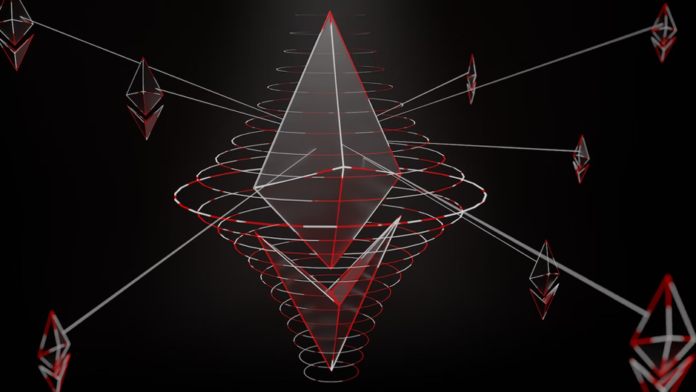A number of problems have occurred in the Solana blockchain in the past few years, such as network outages, the crypto winter, and the demise of the FTX exchange, which had substantial holdings in the SOL coin and blockchain-based enterprises. Despite this, the SOL price is starting to shake off the gloom.
According to a study, the blockchain’s total value locked (TVL) has nearly doubled from $210 million to $415 million since the beginning of 2023 in both its price and US currency values.
So, can Solana reach 100 million users?
More companies and institutional entities adopting SVM and opting to use the network will further boost Solana’s reputation. Following the announcement of the global e-commerce platform Shopify’s integration of the Solana Pay system in conjunction with Mastercard, other companies introduced Solana as a settlement layer to enhance their cross-border USDC stablecoin payments in September 2023.
Cost-effectiveness and speed are Solana’s USPs. Solana processes roughly 3,000 tps, which is 30 times faster than Ethereum and Layer 2 protocols.
Even though over a thousand blockchains live, their combined user base is still very modest compared to off-chain transactions. Blockchains are cumbersome, and their primary function is facilitating the exchange of value and speculation.
Since Ethereum is the preferred blockchain for most smart contract writers, market watchers would think that it will reach this milestone first. Solana combines extreme experimentation with applied research to increase the network’s processing capacity through blockchain scaling. This strategy aims to push technological feasibility problems to their boundaries rather than try to avoid them.
How likely it is that a blockchain network will host the next “killer apps” depends on how easy, quick, and widespread the implementation of that app is. The user experience improves as the blockchain’s capabilities increase.
What Makes Solana a Better Choice for App Users Than Ethereum?
- Continuous transaction processing
Data throughput, as opposed to transaction throughput (tps), measures how much data a blockchain can receive and process to update its ledger within a specific time frame. Data throughput should be as high as possible.
According to the experts, this is crucial since it shows how Solana uses its data throughput capability to address user-relevant problems. Solana’s continuous transaction processing allows quicker user responses than other blockchains, such as Ethereum.
- Lightning-fast speed
The Ethereum network uses a mempool, which is like a holding pen, to store incoming transactions. Nodes that validate Ethereum transactions are chosen from the mempool according to the current market price. Adding a new block to the chain with the recently executed transactions occurs every twelve seconds.
There will be more delays in settling transactions because this method is much slower than Solana’s transaction processing. Solana starts processing transactions and finishes the turnaround in about 2 seconds.
- Local fee markets
As an additional user-friendly feature, Solana has developed Local Fee Markets. These facilitate the simultaneous flow of data from various users to various ledger sections by acting as sub-pipelines. This solves a major problem with Ethereum and other blockchains: when one program creates a surge in traffic, such as when an NFT is minting, it slows down the network for all the other apps.
- Liquid staking
Regarding DeFi’s importance, Liquid Staking is now more important than lending. Staking protocols for liquid ETH, including RocketPool and Lido, account for almost $20.22 billion, or nearly 40% of all ETH staked.
While only about 3-4% of staked SOL is currently participating in Solana’s liquid staking protocols, this presents a chance for the company to leverage its existing infrastructure to boost ecosystem and capital efficiency for its tokens.
Considerations such as historical average volatility, maximum drawdown, risk-reward ratios, and the liquid staking yield on Lido across both chains indicate that Solana’s staking takes nearly double that of Ethereum for close risk profiles. If Solana can avoid Ethereum’s event horizon and establish Ethereum-like domination, its valuation scenarios predict a SOL price of $9.81 to $3,211.28.
Final words
Thanks to Solana’s perseverance in the face of adversity, the blockchain has opened up new possibilities, and the company now has the chance to host the first killer app to achieve 100 million users. Though it’s starting from a disadvantage compared to Ethereum and EVM-compatible chains regarding developers, TVL, and investment capital, Solana is taking an integrated approach to optimizing data throughput, in contrast to Ethereum’s strategy focusing on modular blockchain components.





